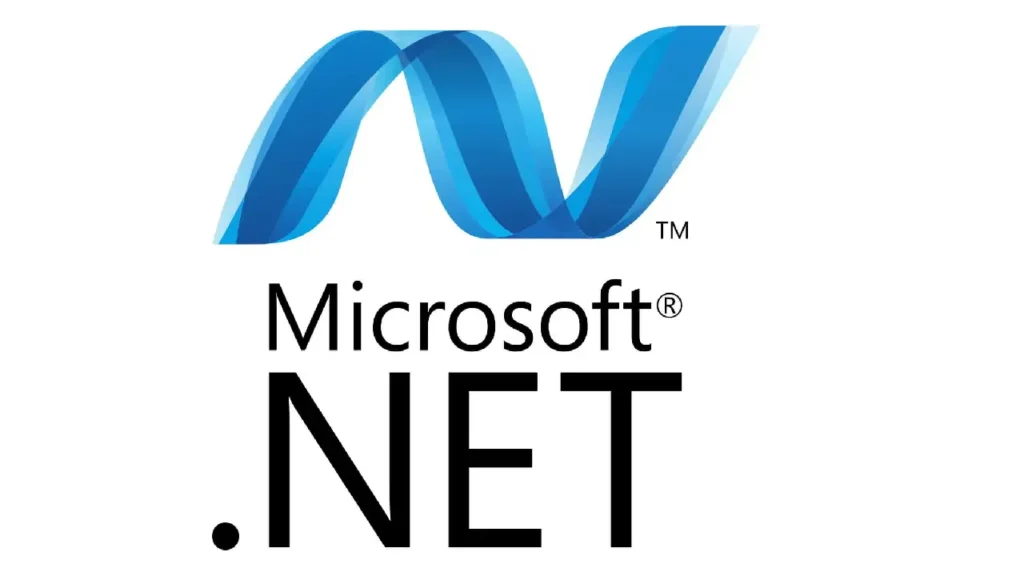Introduction to VB.Net
VB.Net, short for Visual Basic .NET, is a powerful, easy-to-learn programming language developed by Microsoft. It’s part of the .NET framework and is commonly used for creating Windows applications, web applications, and more. This tutorial will help you get started with the basics of VB.Net and guide you through building simple Windows applications.
2.1 Basics of VB.Net
Before diving into creating Windows applications, it’s essential to understand the core elements of VB.Net. These basics include operators, data types, and control structures that form the foundation of programming in VB.Net.
2.1.1 Operators
Operators are symbols used to perform operations on variables or values. In VB.Net, there are several types of operators:
- Arithmetic Operators: These operators perform basic arithmetic like addition (+), subtraction (-), multiplication (*), division (/), and modulus (Mod).
- Relational Operators: These help in comparing two values, like equals (=), greater than (>), less than (<), etc.
- Logical Operators: Used for logical operations, including AND, OR, and NOT.
- Assignment Operators: These are used to assign values to variables, such as equals (=).
2.1.2 Data Types
Data types define the type of data a variable can hold. VB.Net supports a variety of built-in data types, such as:
- Integer: Stores whole numbers.
- Double: Used for floating-point numbers.
- String: Stores text.
- Boolean: Represents true or false values.
- Date: Used for date and time values.
These data types help ensure that the correct kind of data is stored in variables, making your program run smoothly and efficiently.
2.1.3 Control Structures
Control structures are used to control the flow of execution in a program. In VB.Net, these include:
- If…Else: Used for decision-making.
- For…Next: A loop used for repetitive tasks.
- While…End While: Another type of loop used to repeat actions based on conditions.
- Select Case: Similar to multiple If…Else statements but more efficient.
These control structures allow your program to handle different situations based on inputs or conditions.
2.2 Build Windows Applications
VB.Net makes it easy to build Windows applications with graphical user interfaces (GUIs). These applications use forms and controls to allow users to interact with them. Let’s explore some of the key elements you’ll work with in building Windows applications.
2.2.1 Controls
Controls are the building blocks of a Windows form application. They allow you to interact with users and display data. Some of the common controls include:
- Form: The main window of your application.
- TextBox: Used for inputting text.
- Button: Allows users to trigger actions when clicked.
- Label: Displays text, usually for informational purposes.
- CheckBox: Provides a way for users to select one or more options.
- ListBox: Displays a list of items for users to choose from.
- ComboBox: A drop-down list that allows users to select from multiple options.
- RadioButton: Used for selecting a single option from a group.
- DateTimePicker: Used for selecting dates and times.
- MonthCalendar: Allows users to select a date from a calendar view.
- Timer: Helps run actions after a certain interval of time.
- ProgressBar: Shows the progress of a task.
- Scrollbar: Allows navigation in larger areas of content.
- PictureBox: Used to display images.
- ImageBox and ImageList: Help manage and display multiple images.
- TreeView: Displays hierarchical data, such as file directories.
- ListView: Displays data in a list format, often used for file management or data display.
- Toolbar and StatusBar: These controls provide additional navigation and status information at the top or bottom of your application window.
- DataGridView: A versatile control for displaying tabular data.
These controls can be customized and arranged on the form to create an interactive and visually appealing user interface.
2.2.2 Menus and PopUp Menu
Menus are essential for organizing actions in your application. VB.Net allows you to create Menus for your applications that give users access to different features. Common menu items include “File”, “Edit”, “View”, and “Help”.
- PopUp Menus (also called Context Menus) appear when users right-click an element. You can customize these menus to offer quick access to functions relevant to the selected item.
2.2.3 Predefined Dialog Controls
VB.Net provides several predefined dialog controls that make it easier to interact with the user and perform common tasks. These include:
- ColorDialog: Allows the user to select a color.
- SaveFileDialog: Lets the user choose where to save a file.
- OpenFileDialog: Enables the user to select a file to open.
- FontDialog: Used for selecting a font.
These controls provide ready-made solutions for common tasks without requiring you to build custom functionality.
2.2.4 DialogBox – InputBox(), MessageBox, MsgBox()
VB.Net offers built-in methods for displaying dialog boxes to users. These are useful for asking simple questions, showing messages, or gathering user input.
- InputBox(): Prompts the user for input through a text box.
- MessageBox: Displays a message to the user with options like “OK”, “Cancel”, or “Yes/No”.
- MsgBox(): A simpler way to display a message, similar to MessageBox but with fewer customization options.
Conclusion
In this introduction to VB.Net, we’ve covered the basics of operators, data types, and control structures, along with key elements for building Windows applications. With these tools, you can begin creating interactive and functional applications in VB.Net. As you continue learning, you’ll discover more advanced concepts and powerful features that will help you develop even more sophisticated applications. Happy coding!
